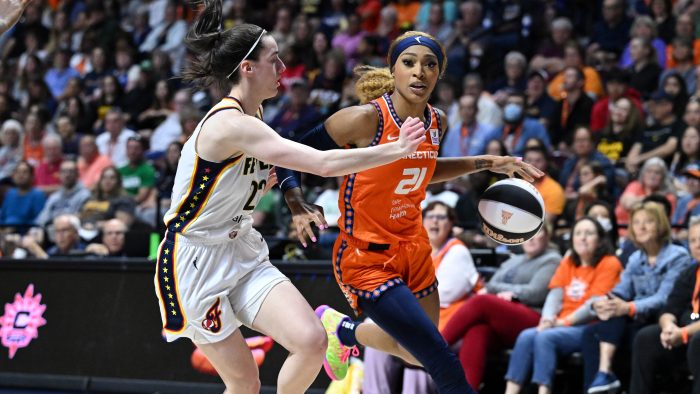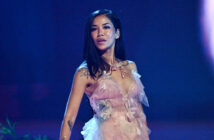The WNBA has been enjoying record-setting viewership in a boom that some are calling “the Caitlin Clark effect.” The Iowa superstar and No. 1 WNBA draft pick is hot off a record-breaking collegiate run, introducing a new audience to women’s pro basketball. Just a month into her rookie season, coverage and discussion about the league have been marred by many new voices hell-bent on not just centering Clark in a league of 144 players but defending her from perceived bullying from her new colleagues.
The talk reignited over the weekend when Chicago Sky rookie forward Angel Reese was assessed a flagrant foul 1 against Clark, a guard for the Indiana Fever, while trying to block her shot. Once again, the chatter got ugly, with many relying on deeply ingrained stereotypes around race, gender, and sexuality. Earlier this month, conservative sports pundit Clay Travis claimed the Fever star was a victim of discrimination against “white heterosexual women in a Black lesbian league” after Clark received a flagrant foul 1 from Sky guard Chennedy Carter.
With that statement, Travis said the quiet part out loud. Pitting Clark, a white, heterosexual woman who fits into conventionally approved, Eurocentric standards of womanhood, against the rest of the league, which is predominantly Black and perceived as largely queer or gender non-conforming, reinforces long-standing tropes of the queer villain.
Related Story
Who are we protecting Caitlin Clark from exactly?Read now
Ahead of the most recent matchup between the Fever and the Sky, reporters asked Clark about “the chatter” on social media and how some have used her name to attack other players in the league. Clark initially (and repeatedly) redirected the conversation back to basketball without immediately condemning any of the harassment other players were receiving. The Connecticut Sun guard DiJonai Carrington spoke about Clark’s comments on X: “How one can not be bothered by their name being used to justify racism, bigotry, misogyny, xenophobia, homophobia & the intersectionalities of them all is nuts,” she wrote. “We all see the s—. We all have a platform … Silence is a luxury.” In response, The Athletic staff writer James Boyd asked Clark directly about her name being weaponized and how she feels about it. “It’s disappointing,” Clark said. “The women in our league deserve the same amount of respect, so people should not be using my name to push those agendas.”
In many ways, however, the damage has already been done. The real “Caitlin Clark effect” seems to be a bandwagon of new WNBA fans and media members reinforcing some of the most toxic societal ideas about good and bad, right and wrong, hero and villain. They’re also reinforcing long-held tropes about what kinds of women are deserving of protection. But this is also par for the course regarding the WNBA — and women’s sports in general.
Clark is the kind of athlete women’s sports have historically fought to protect. In the WNBA, this goes back to the beginning of the league, where players given the “Great White Hope” treatment, such as former Seattle Storm guard Sue Bird and New York Liberty guard Sabrina Ionescu, were tasked with “saving” the fledgling league. If these white, cis, and (in Bird’s case, perceived) straight athletes were here to save the league, it begs the question of who they were saving it from. The answer, one can deduce, is all the other athletes in the W, many of whom were Black, masculine or gender non-conforming, and queer.
In the Victorian era, the argument against women’s sports was essentially paternalistic — women, and mainly upper-class white women, needed to be “protected” from damaging their bodies through athletic endeavors because men feared it would damage their reproductive potential. There was worry that sports would make women too masculine, a fear that was rooted in anti-gay beliefs.
Related Story
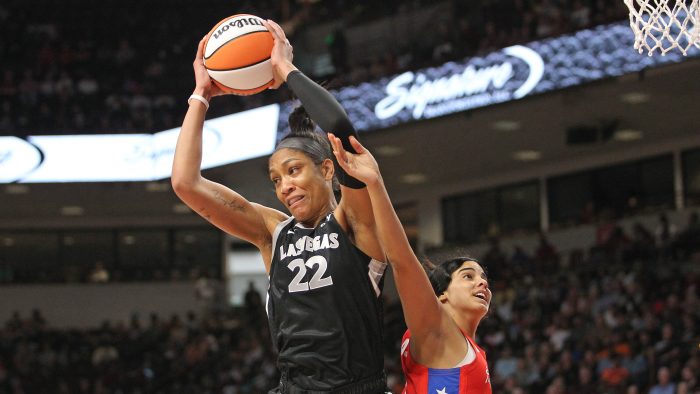 The WNBA’s progress needs to be seenRead now
The WNBA’s progress needs to be seenRead now
When sports were slowly opened to women, events such as golf or tennis were seen as acceptable — sports that could be played while wearing long skirts and were perceived as more feminine. Eventually, swimming fit into that category as well. In track and field, women were once only allowed to run short distances because it was believed that they were too weak to handle longer races. In basketball, women played half-court 6-on-6 basketball until shockingly recently because full-court was considered too strenuous for women’s bodies. While the Office of Civil Rights began to consider banning 6-on-6 high school girls’ basketball as early as 1958, it would take 37 years for the sport to be completely erased from schools. In Iowa, where Clark is from, half-court basketball wasn’t abolished until 1993, and it was the second-to-last state to do so (Oklahoma was the last, phasing it out in 1995).
Even sex-testing and trans-exclusionary policies in sports were designed to ostensibly protect white cis women from the perceived dominance of athletes who don’t conform to traditional ideas of femininity, many of whom are Black and/or transgender. Much of the legislation to prevent trans women from playing women’s sports uses rhetoric about “protecting” or “saving” girls and women, painting transgender women as a threat. Portraying Clark as the victim in her interactions with fellow players is an extension of this idea that a certain kind of woman should be safe to play and excel in women’s sports. It not only relies on the concept of white female victimhood but also of predatory lesbians.
Coverage of the incident between Clark and Carter (and the most recent dustup with Clark and Reese) primarily took two tracks: The first claimed Carter was overly aggressive and targeted Clark. The editorial board of the Chicago Tribune went so far as to call the play “assault,” trafficking in dangerous rhetoric seeking to criminalize a Black woman for a play against a white woman in a pro basketball game. Similarly, after Reese’s foul on Clark, some, like former NFL quarterback Matt Leinart, claimed Reese should be suspended because her play is “not good for the game.”
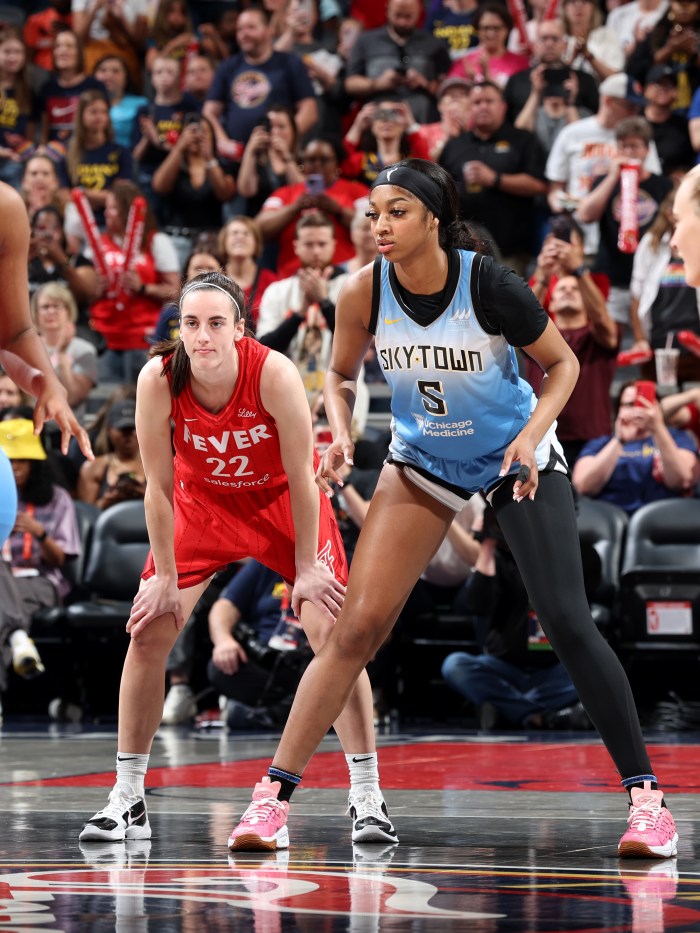 Indiana Fever guard Caitlin Clark (left) and Chicago Sky forward Angel Reese (right) play during the game on June 1 at Gainbridge Fieldhouse in Indianapolis.
Indiana Fever guard Caitlin Clark (left) and Chicago Sky forward Angel Reese (right) play during the game on June 1 at Gainbridge Fieldhouse in Indianapolis.
Jeff Haynes/NBAE via Getty Images
The other argument being made is that Clark’s teammates should better protect her on the court as if Clark, an adult woman playing pro basketball, needs someone to protect her from the league’s players. Both these arguments place Clark in the role of victim and the rest of the league in the role of villain. And there are real repercussions — a fan confronted Sky players, including Carter and Reese, outside their hotel in Washington.
This narrative continued following the Fever’s game against the Connecticut Sun on June 10, with coverage focusing almost exclusively on Sun forward Alyssa Thomas and Carrington — two openly gay Black players — whose on-court behavior was framed as being overly aggressive or targeting Clark rather than hard-nosed defense and heated competition. Following the blowback to Carrington mocking Clark for flopping, she took to X, formerly known as Twitter, to defend herself: “Why yall so mad at me & bein mean!?” she wrote. “I jus be hoopin & havin fun.”
Clark is not the first straight, cis, white player tasked with bringing a “mainstream” audience to the WNBA. The league has always struggled to market itself and its players, fearing that appearing too Black or too gay would alienate “mainstream” audiences and drive the potential of straight, male fans away — something women’s leagues have wrongly assumed they need to succeed. In 2002, Mary G. McDonald described the WNBA’s idealized image as that of the “good white girl,” noting that “constant emphasis on the players’ moral attributes … helps to distance the league from projections of alleged deviance imagined to be embodied by ‘fatal women’ — that is, bodies marked as black and lesbian.”
In 2002, Bird was placed in the position of bringing in viewers as the pretty white girl (she did not come out publicly until 2017, largely because she felt pressured into maintaining the public image the league wanted from her, she said recently). A 2002 article in the Hartford Courant called Bird “articulate with fresh-faced, girl-next-door appeal.” Constance Schwartz, the then-vice president of strategic marketing with The Firm, said Bird was “a beautiful person, which definitely helps.” Sports Illustrated described her as “pretty, quick-witted and not too imposing at 5’9,” noting that “she fits in anywhere” (all of this is, of course, code for “white”).
Ionescu left college in 2020 as the first pick in the WNBA draft and with a lot of hype, including an ESPN cover. Research by Risa F. Isard and Dr. E. Nicole Melton found that Ionescu, a white woman who played in just three games before a season-ending injury, received twice as much coverage as A’ja Wilson, a Black woman who was the 2020 WNBA MVP. Ionescu has a shoe with Nike, has been on the cover of NBA 2K, and was called “basketball’s golden girl” ahead of her WNBA debut.
Related Story
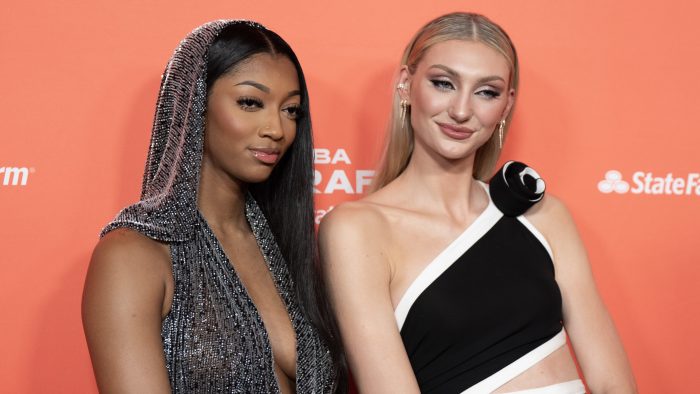 WNBA’s 2024 draft class brings momentum to the league on and off the courtRead now
WNBA’s 2024 draft class brings momentum to the league on and off the courtRead now
When Bird entered the league in 2002, she was called “a marketer’s dream,” and several columns were dedicated to the number of sponsorships she would receive, a glaring disparity in a predominantly Black league that hasn’t been overcome to this day. Even before her first season began, Clark had record-breaking endorsements, including an eight-figure deal with Nike.
“In [women’s basketball] you gottah be the best player, best looking, most marketable, most IG followers, just to sit at the endorsement table,” New York Liberty forward Jonquel Jones said on X in 2022. “Not to mention me being a black lesbian woman. Lord the seats disappearing from the table as I speak,” she added.
Isard and Melton’s research found that Black athletes’ gender presentation greatly factored into how much media attention they received. White athletes who presented in more masculine ways received more than five times the number of mentions as Black players who had masculine-of-center presentations (212 to 41, respectively).
“There is a privilege that [white players]have inherently, and the privilege of appearing feminine,” Los Angeles Sparks rookie forward Cameron Brink recently told UPROXX. “Some of my teammates are more masculine. Some of my teammates go by they/them pronouns. I want to bring more acceptance to that and not just have people support us because of the way that we look.”
Related Story
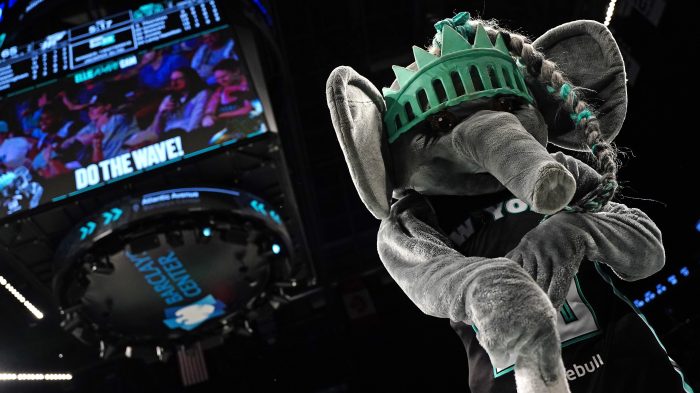 New York Liberty mascot Ellie brings Black creativity to WNBARead now
New York Liberty mascot Ellie brings Black creativity to WNBARead now
Some of the rhetoric has been more explicit than others. Fans on social media have said that Clark is being bullied because she is straight. Earlier this year, Travis said other players were “uncomfortable” with Clark “being a straight white girl” because “in the WNBA … there’s a lot of lesbians, and there’s a lot of minorities,” estimating that the league is at least 70% gay, playing up the number in a way that has the effect of making the league seem like an angry mob of lesbians (in reality, approximately 25% of the league is openly queer).
Diana Taurasi, a 20-year veteran known for being a league heel, were attacked in the media for allegedly hating on Clark ahead of the WNBA season as if Taurasi hasn’t “hated on” everyone she’s played against for the last couple of decades. The difference, however, is that Taurasi has embraced the role of the villain for herself, and it wasn’t placed on her by outsiders, akin to what writer Mark Harris has called “a joyous reclamation of the idea of gay monstrosity.”
“I’m not a marketing major,” Taurasi recently told Rolling Stone. “I don’t f–king know how all this s— works. I’m here to ball out and try to kill whoever’s in front of me. You know what I mean?”
Ultimately, long-time fans of the WNBA are frustrated by much of the coverage of Clark because it harms most of the athletes who play in the league. The W isn’t the W without the players who make it the most competitive pro league in the world. Lifting one athlete at the expense of all the others goes against everything the WNBA represents and only serves to reinforce ugly ideas about the women and trans people who play alongside Clark.
Frankie de la Cretaz is a freelance writer whose work focuses on the intersection of sports and gender. They are the co-author of “Hail Mary: The Rise and Fall of the National Women’s Football League.”
